|
|
|
|
|
|
Welcome to the Autumn Newsletter. Below are some highlights of what you will find in this seasonal edition::
|
|
-
|
The Interlinkages Between COP27 and COP15
|
- IPSI side events at COP15
- ISAP 2022 Satoyama Initiative side event
- Open Call for abstracts for the Satoyama Initiative Thematic Review 9
- Satoyama Development Mechanism 2022 results
As always, we hope you will contact us to submit any new case studies and news about your activities.
|
|
|
|
|
|
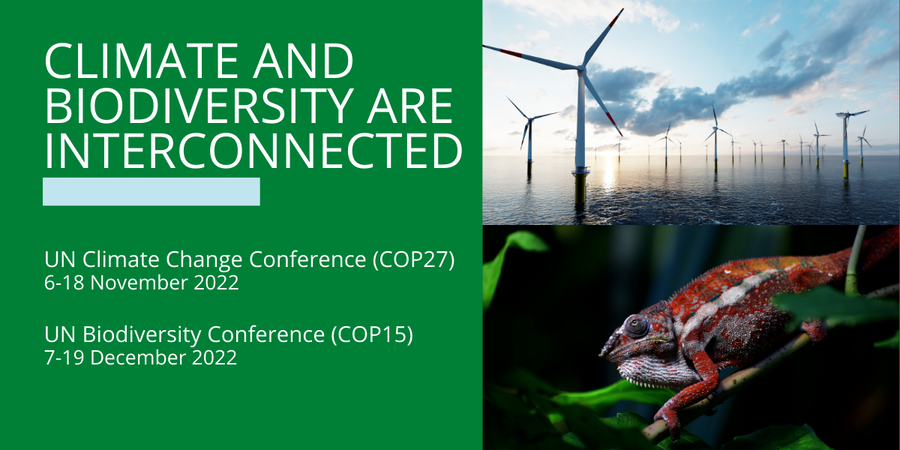
|
The Interlinkages Between COP27 and COP15
|
Earlier this month, world leaders gathered at Sharm el-Sheikh, Egypt, for the UN Climate Conference, COP27. One of the major decisions taken at the conference was to establish a financial mechanism to address loss and damage associated with the damaging effects of climate change. Although it is a historical deal, shining a light on developing nations' struggles due to climate change, stronger commitments on cutting greenhouse gas emissions and phasing down fossil fuels weren’t achieved.
|
|
In December, representatives from countries around the world will gather for the UN Biodiversity Conference, also known as COP15. Starting December 7 in Montreal, Canada, COP15 is centred around the Convention on Biological Diversity, a 1992 international agreement on how nations should use and protect the world's natural resources. In Montreal, delegates will negotiate to adopt the Post-2020 Global Biodiversity Framework, a roadmap for the “conservation, protection, restoration, and sustainable management of biodiversity and ecosystems for the next decade”.
|
|
EXPERT INSIGHTS
|
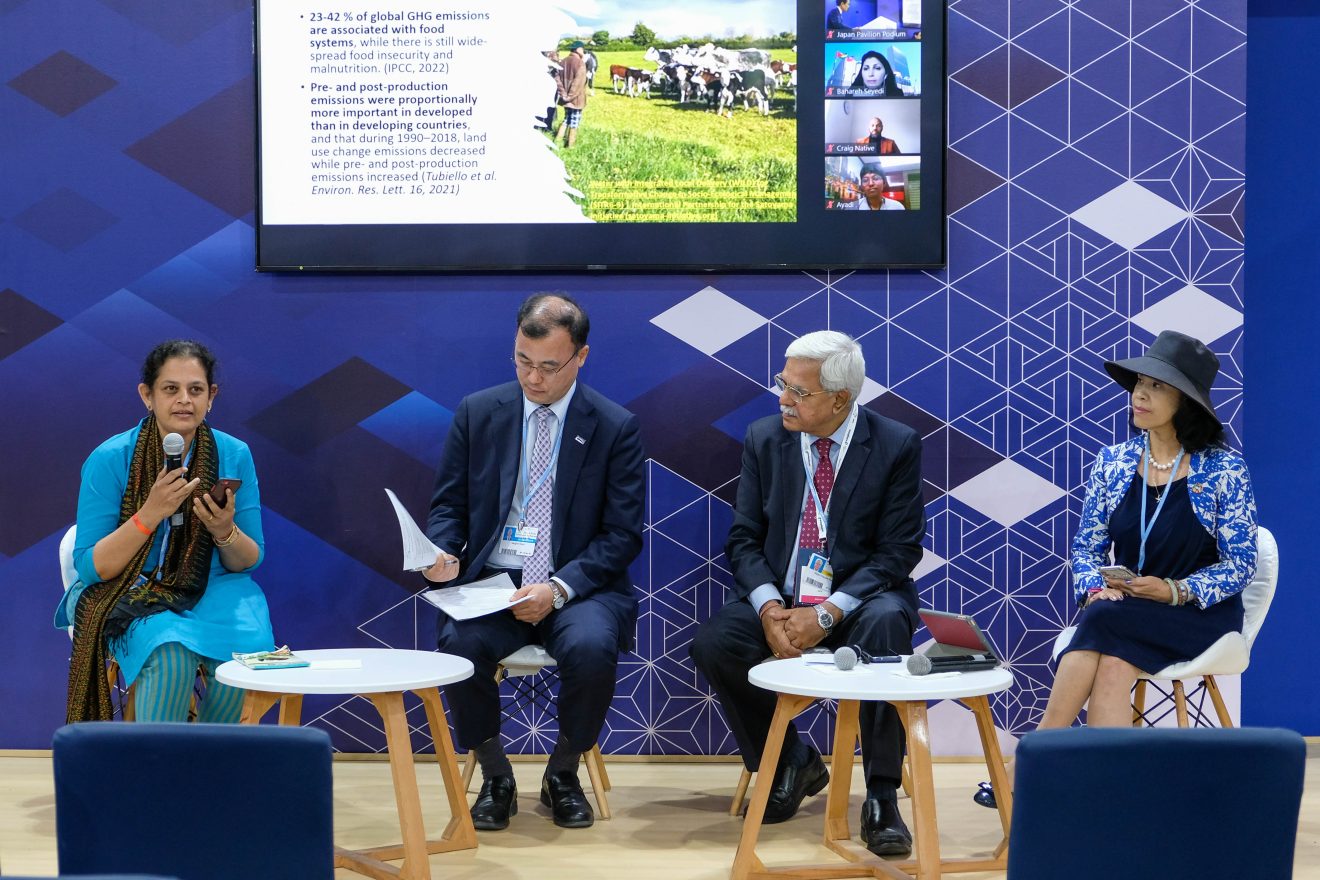
|
Photo by Nicholas Turner / UNU-IAS
|
The climate and biodiversity crises are interlinked, they share causes and consequences at a global scale. Agreements made in one conference have implications for the other and policies should be formed with a holistic lens.
|
Dr Suneetha Subramanian, Research Fellow of the IPSI Secretariat, attended COP27 to discuss synergistic action for climate, biodiversity, and the SDGs in a side event hosted by UNU-IAS. She noted that equitable and integrated policy approaches were key to addressing interrelated issues, referring to the One Health agenda as an example of the climate, biodiversity and other sectors working together to maximise synergies.
|
“Holistic strategies, such as the nexus approaches, One Health, and landscape approaches, ensure health and wellbeing because they embed both social and ecological priorities,” Suneetha told the IPSI Secretariat after COP27. She pointed to the joint IPBES-IPCC co-sponsored workshop report on biodiversity and climate change as an example of an evidence-based report (developed together by science-policy bodies serving different policy constituencies) that lays out the interlinkages between biodiversity and climate change and provides policy recommendations.
|
Interconnected challenges that UN climate and biodiversity conferences aim to address range from food security for an ever-growing population to resilience and mitigation of climate change shocks. “Climate and biodiversity issues are complex and simplifications are not the answer. People live in and manage complexity so imposing simplistic solutions are insufficient,” added Suneetha. “The heartening news is that local-level actions are already responding in an integrated manner. Upscaling them and getting political powers to support these actions is urgent.”
|
|
During COP15, the IPSI Secretariat will promote the pillars of the Satoyama Initiative, such as ensuring equity in access to resources benefits and supporting sustainable production and consumption activities through reflexive sharing of knowledge, technology, and other resources.
|
|
|
|
|
|
The Satoyama Initiative at the UN Biodiversity Conference
|
During 7 – 9 December 2022, the IPSI Secretariat will have several side events at the UN Biodiversity Conference. If you will be present at COP15, please let us know, we look forward to meeting with IPSI members and friends!
|
|
|
|
|
This side event will commemorate IPSI’s first decade. The event will bring together experts from the IPSI community to discuss successes to date and future plans.
|
|
|
|
|
This side event will explore the whole-of-society approach to biodiversity governance as essential for realising transformative change. It will discuss the findings of a new report “Exploring Nature-Positive Pathways” with representatives from municipalities, the private sector, and IPSI.
|
|
|
|
|
This side event will discuss how mangrove ecosystem conservation can address multiple challenges in coastal areas and share relevant government policies and implementation activities by donors and private companies. It will identify challenges and opportunities for mangrove conservation as a nature-based solution (NbS) to accelerate restoration and ensure sustainable management.
|
|
|
|
|
|
|
|
IPSI Decade Report 2010-2022
|
At COP15 we will unveil the IPSI Decade Report 2010-2022, a publication that celebrates the achievements of IPSI members throughout the past 12 years. The digital version will be available from 7 December 2022. The print version will be available in 2023 and will be printed on bamboo paper by IPSI member Chuetsu Pulp & Paper Co., Ltd.
|
|
|
|
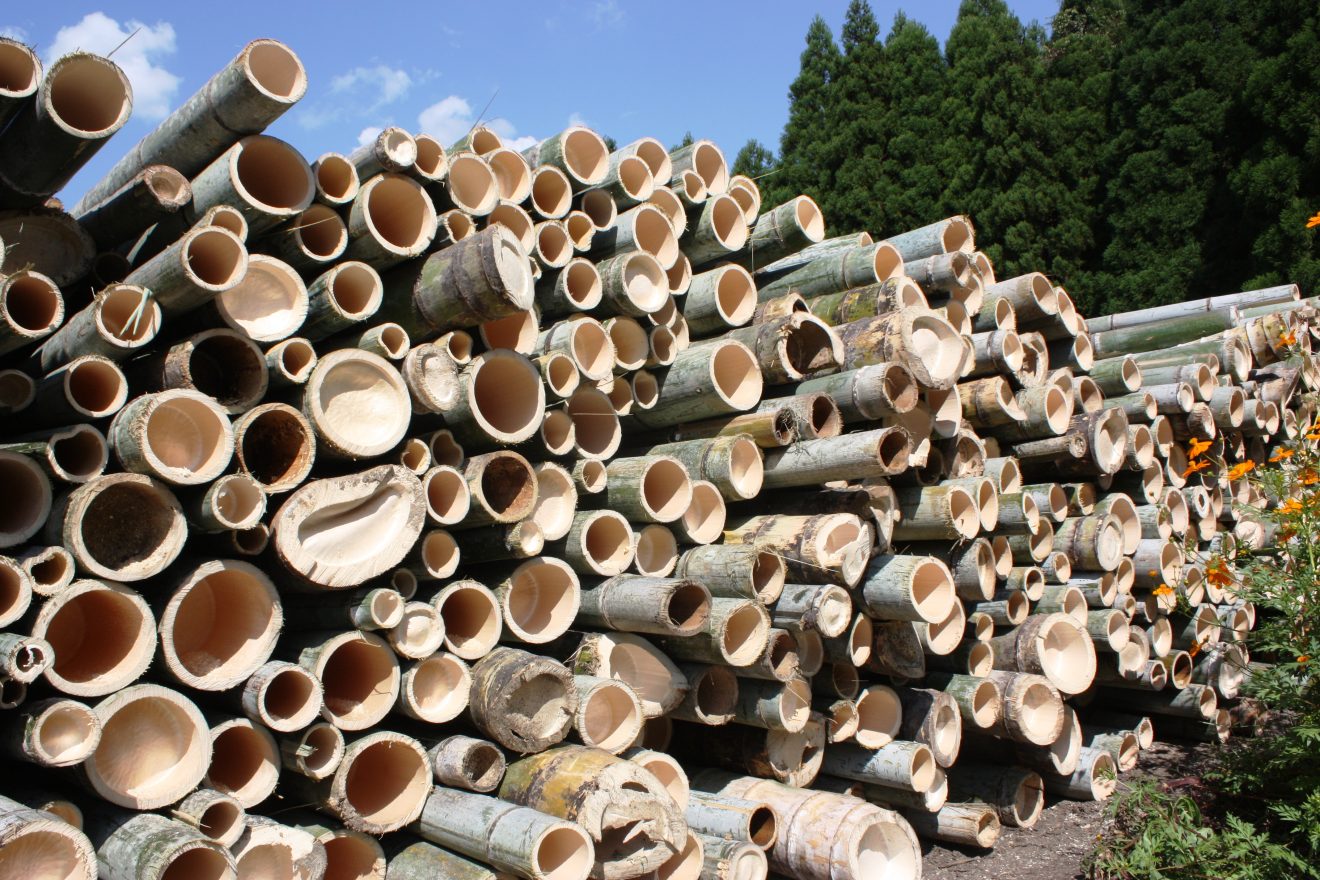
|
Photos by Osamu Nishimura
|
|
|
Chuetsu Pulp and Paper Tackle Bamboo Problem with Takegami
Chuetsu Pulp & Paper Co., Ltd. is a general pulp and paper manufacturer in Japan that supplies base paper for all types of paper products. As a mass-produced product, paper is mainly made from recycled paper and wood. However, in 1998, our company began an initiative to utilize Japanese bamboo as a raw material for papermaking.
|
Bamboo was widely used in daily life for baskets, colanders, and construction materials in Japan before the period of high economic growth in the 1950s-70s but is rarely used today. Bamboo is a fast-growing plant that, if not cared for, will grow roots in search of light, erode and destroy healthy forests and satoyama adjacent to bamboo forests, and threaten the biodiversity that exists there. The problem of neglected bamboo forests is spreading across Japan from Kyushu to Tohoku, and there is currently no solution to the problem.
|
Bamboo has a lower pulp yield than wood, and its hard, hollow shape makes it less efficient when processed into chips, making it unsuitable as a raw material for papermaking. However, on his own initiative, one of our employees decided to tackle this problem the local communities were facing in his area of expertise. He tried to help local communities disposing of large amounts of bamboo cut down on maintenance by creating Takegami, bamboo paper.
|
Through trial and error, we now purchase 10,000 tons of Japanese bamboo per year (over 20,000 tons at its peak) as raw material for paper. We have created an overwhelming demand for bamboo and created value. The sustainable use of large quantities of bamboo has led to the preservation of satoyama, which leads to the conservation of biodiversity, and the creation of local economies.
|
|
In 2011, when we were working and sharing about Takegami, I attended an IPSI meeting and was encouraged by participants on our work. We joined IPSI and later, Takegami was reported as one of the good practices from Japan at a Rio+20 side event. We thank IPSI for the opportunity and would like to share with readers that even a single person’s will can contribute to solving a societal problem by “making a social issue your own”. By sharing good practices and making people empathize, we can encourage action that could move the society we live in a step forward.
|
|
|
|
|
|
|
|
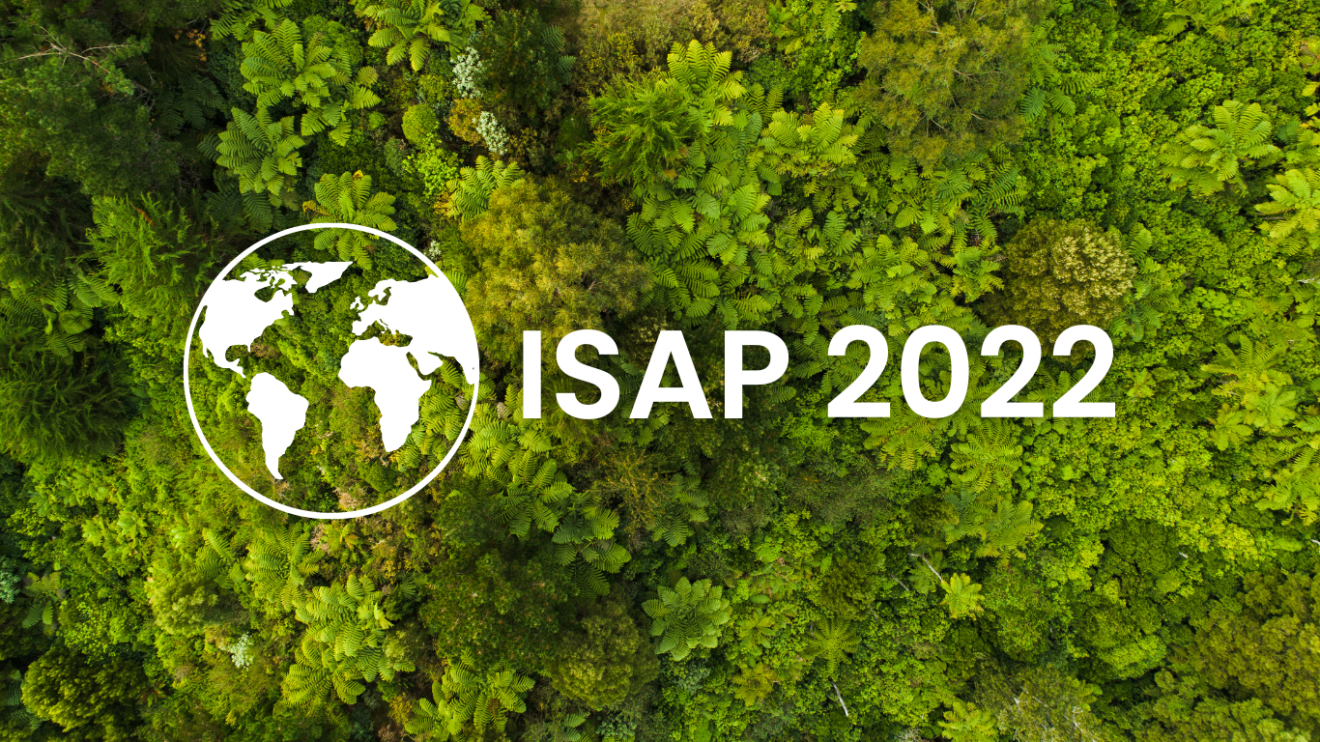
|
ISAP 2022: Transformative Actions for a Nature-positive Society from SATOYAMA Initiative towards 2030
|
|
|
|
|
|
|
|
|
|
|

|
Video: Landscape Approaches for National Biodiversity Strategies & Action Plans
|
The IPSI Secretariat recently produced a video to guide policymakers to integrate landscape approaches into National Biodiversity Strategies and Action Plans (NBSAPs). Landscape approaches apply a holistic perspective to landscape management to balance societal and environmental objectives. NBSAPS are strategies that Parties to the Convention on Biological Diversity (CBD) develop for the conservation and sustainable use of biological diversity. Read more and watch the video.
|
|
|
|
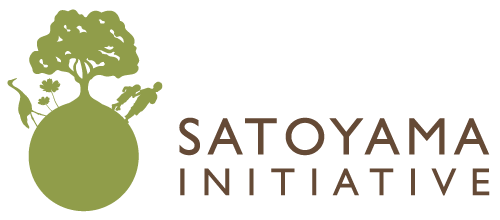
|
Call for Abstracts for the Satoyama Initiative Thematic Review Volume 9
The United Nations University Institute for the Advanced Study of Sustainability (UNU-IAS) is pleased to announce a call for papers for the ninth volume of the “Satoyama Initiative Thematic Review” book series. The ninth volume will feature the theme “Business and biodiversity: reciprocal connections in the context of socio-ecological production landscapes and seascapes (SEPLS)”. We invite authors from member organisations of IPSI who have case studies relevant to this theme, to submit a manuscript following the guidance provided in the Call for Papers.
|
About the “Satoyama Initiative Thematic Review”:
|
The Satoyama Initiative Thematic Review is a compilation of case studies providing useful knowledge and lessons focused on a specific theme related to “socio-ecological production landscapes and seascapes (SEPLS)”. The overall aim is to collect practical experiences and relevant knowledge built from on-the-ground management activities and contribute to policy recommendations. Each volume also includes a synthesis chapter clarifying the volume’s relevance to policy and academic discussions to encourage the application of lessons learned in the field. Like the last three volumes, Volume 9 will be published by Springer.
|
The Satoyama Initiative Thematic Review Vol. 9
|
This volume will focus on the relevance of SEPLS to aspects of reciprocal connections between business and biodiversity. Cases to be included in the volume may highlight the roles, attitudes, motivations, and actions of multiple stakeholders, including smallholders, indigenous peoples and local communities, and others in conserving biodiversity while providing other benefits that directly or indirectly contribute to businesses primarily relying on biodiversity and natural resources (e.g., food and beverage, fiber and timber, pharmaceutical and cosmetics, crafting and tourism, and fashion and clothing). They are also expected to illustrate on-the-ground impacts of businesses in SEPLS – including positive (e.g., employment, branding of the place) and negative (e.g., ecosystem degradation, deprived rights to territories) impacts, providing insights on how to categorize and measure impacts and dependency of businesses on biodiversity and nature’s contributions to people.
For the past volumes of the SITR, please see here.
|
|
|
|
|
|
SDM 2022 Recipients
The Satoyama Development Mechanism (SDM) Secretariat announced a call for proposals for SDM 2022 earlier this year. The SDM Secretariat received a total of 15 eligible applications and the following five were selected, which were deemed the most promising for the implementation and promotion of the concept of the Satoyama Initiative.
|
- Ethiopian Biodiversity Institute, Ethiopia
- Tse-Xin Organic Agriculture Foundation, Chinese Taipei
- Fundacion Semillas de Vida, A.C., Mexico
- Social Policy Ecology Research Institute (SPERI), Vietnam
- Unnayan Onneshan (UO), Bangladesh
|
The SDM Secretariat thanks all the applicants for their interest in SDM. You can get more information on the SDM website here. If you have any questions regarding SDM, please contact the SDM Secretariat at sdm@iges.or.jp.
|
|
|
|
|
|
|
|
Japanese land reform in the new era?: Farmers’ wellbeing and sustainable farmland management
|
|
|
|
This paper, written by Dr Maiko Nishi (Research Fellow, IPSI Secretariat), examines farmers’ responses to the state initiative of reforming the farmland tenancy institution in Japan. In 2014, Japan’s government launched a new intermediary mechanism for farmland tenancy, called Farmland Banks (FBs), in an attempt to revitalize the farming sector and redress farmland abandonment. The journal article was published on the Environment and Planning C: Politics and Space journal.
|
|
|
|
|
|
|
|
Enhancing Livability Through Urban Land Conservation
|
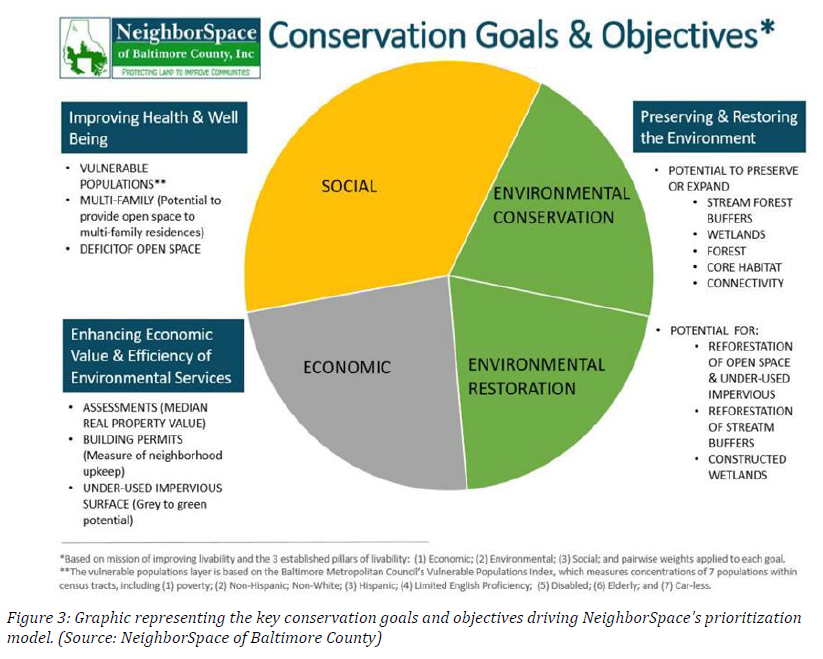
|
By International Land Conservation Network (ILCN)
|
The social, environmental, and economic conditions of present-day Baltimore County are the result of a series of planning, funding, and conservation decisions dating back to the post-World War II era. NeighborSpace of Baltimore County (NeighborSpace) was founded in 2002 to begin to address the dearth of open space within the County. By protecting and improving green space for small pocket parks, gardens, trails, and other natural areas, NeighborSpace seeks to improve livability. They have achieved success by developing close working relationships with the Baltimore County Government, local universities, and most importantly, community-based organizations.
|
|
In partnership with the National Park Service, it has developed a first-of-its-kind GIS prioritization methodology for assessing the conservation value of a parcel of land based on its potential for improving the social, environmental, and/or economic factors of livability of the nearby community.
|
|
|
|
|
|
|
|
|

|
Let us know if there are any changes in your e-mail address or contact information.
Secretariat of the International Partnership for the Satoyama Initiative
United Nations University Institute for the Advanced Study of Sustainability (UNU-IAS)
5–53–70 Jingumae
Shibuya-ku, Tokyo 150-8925
Japan
Tel: +81 3-5467-1212
Fax: +81 3-3499-2828
Email: isi@unu.edu
If you have been forwarded this newsletter and would like to SUBSCRIBE, you can do so on the IPSI website here.
|
   
|
|
|
|
The activities of the IPSI Secretariat are made possible through the financial contribution of the Ministry of Environment, Government of Japan
|
|
|
|
|
|
|
|